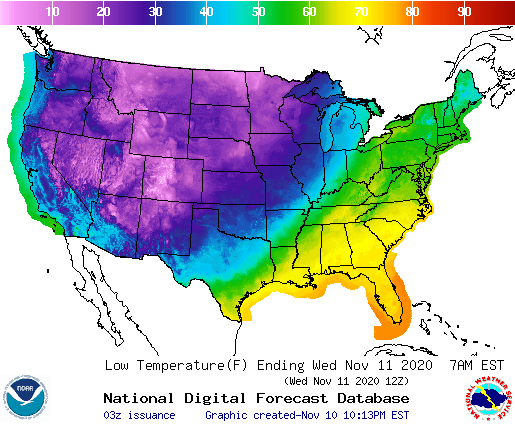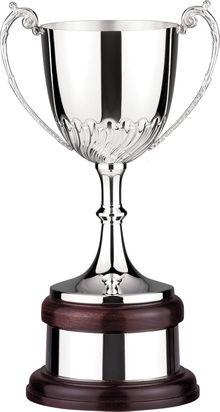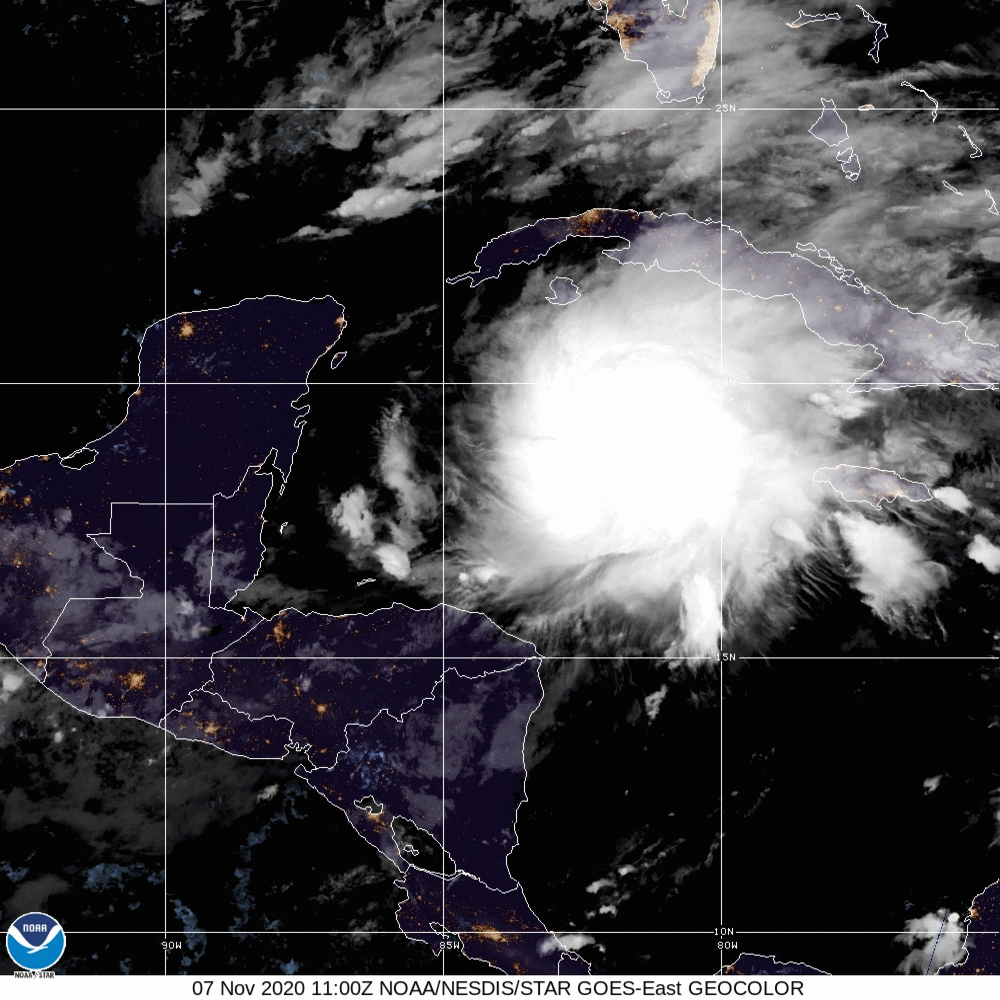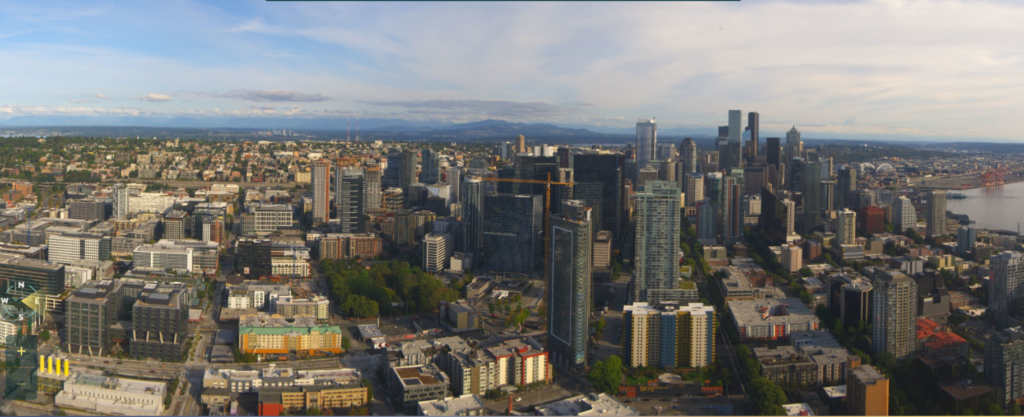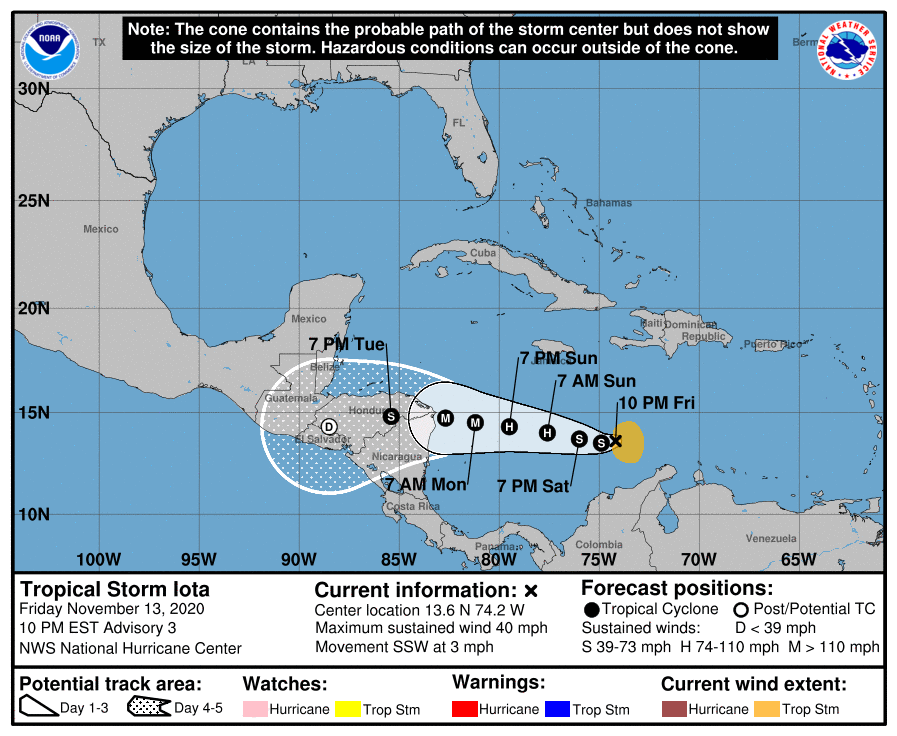
2020 has now surpassed 2005 as the most active tropical season in the North Atlantic in recorded history. We’ve exceeded the total of named storms by two, dipping further into the Greek alphabet than ever before. The long lived Eta has made the most of it’s first appearance in our meteorological lexicon, while Theta is spiraling out by the Azores, and Iota is preparing to landfall in Central America, near where Eta initially exploded on the scene. Similarly, Iota is expected to become a hurricane, with the present forecast asserting that Iota will be a major hurricane upon besetting the Nicaragua/Honduras border with more destruction.
Fortunately, despite all the action this year, we haven’t matched the pace of hurricanes or major hurricanes of 2005, which still holds the record in both categories. A bit of good news is that, at least for the next couple of weeks, it doesn’t look like Iota has a follow up on the immediate horizon, which will make it difficult to reach the hurricane or major hurricane numbers of 15 years ago.
Of course, I say that now, but it should be noted that the Tropical Storm Zeta of 2005, the last storm of that busy year was also the first storm of 2006. In a year like this, there is plenty of time for more new ground to be covered.


